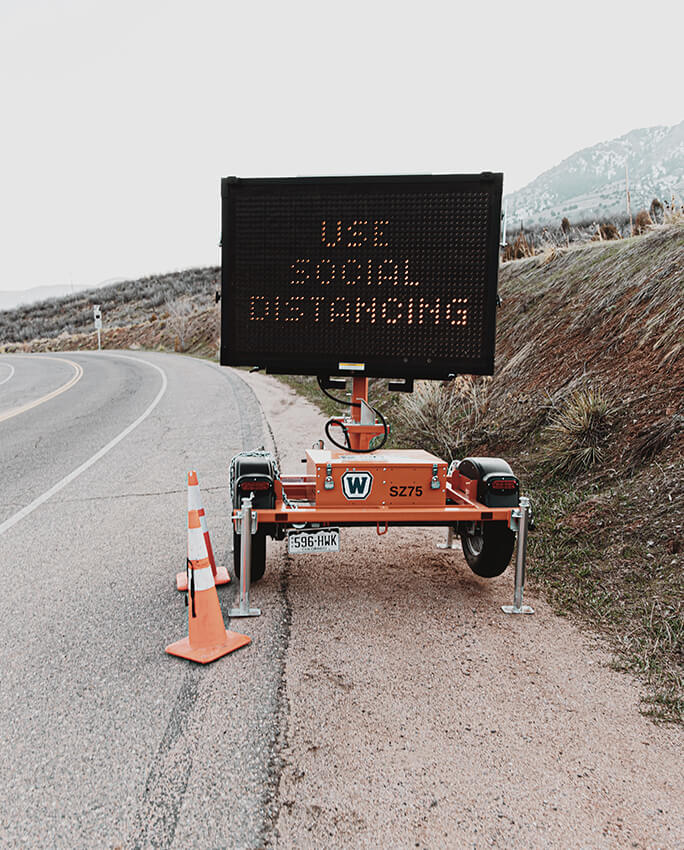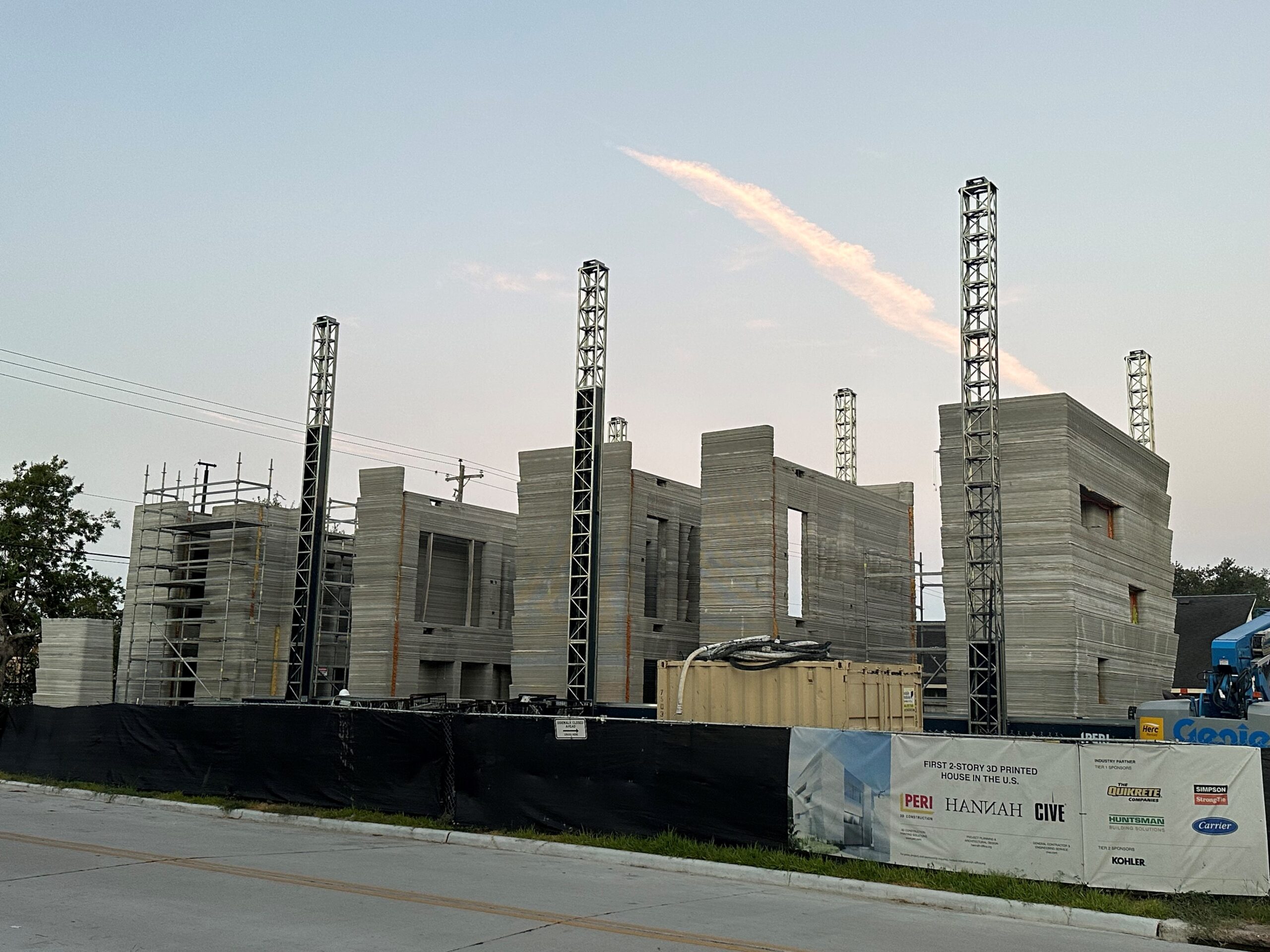 With the pandemic that hit this year, construction companies all over the US were forced to halt or modify their projects. Many states still considered construction an essential business, so they were allowed to continue, but dealing with the restrictions and guidelines made it much more difficult to operate effectively. Trying to manage labor and subcontractors in the construction industry was already challenging at times, but COVID-19 put a significant strain on operations.
With the pandemic that hit this year, construction companies all over the US were forced to halt or modify their projects. Many states still considered construction an essential business, so they were allowed to continue, but dealing with the restrictions and guidelines made it much more difficult to operate effectively. Trying to manage labor and subcontractors in the construction industry was already challenging at times, but COVID-19 put a significant strain on operations.
In addition to COVID-19, companies still had to deal with seasonal flu, cold and allergy seasons making everyone on edge.
CONSTRUCTION SOCIAL DISTANCING BEST PRACTICE
Workers can keep working in a safe and healthy way by following these practices:
- Only have one contractor in a specific area of the job site and use the same crew working in that constrained area for multiple tasks.
- Reduce the need for close communications by implementing radio or cell phone interactions.
- Require pre-work and planning meeting be held in areas away from the job site to allow for appropriate social distancing.
- When possible, implement technology that allows team members to provide remote field support.
OSHA COVID-19 GUIDANCE
OSHA has also issued more formal guidance for construction workers as projects are being restarted. In the interest of protecting everyone’s health, construction employees can minimize the risk of exposure by:
- Encourage employees and laborers to stay home if they are sick.
- Wear face masks and other personal protective equipment (PPE) on the job site.
- Avoid physical contact with others and maintain social distancing of at least 6 feet on site or in work trailers.
- Provide training for proper use of protective equipment and clothing.
- Discuss proper etiquette for coughing and sneezing.
- Provide soap and water stations for improved personal hygiene. If facilities are not available, then provide an alcohol based hand gel. In addition to normal hygiene practices, hands should be washed anytime before / after work shifts, touching items used by other employees, and after touching face coverings.
- If tools or equipment are shared, then workers should use alcohol based wipes before and after use.
- In-person meetings should allow for social distancing, be limited in number of attendees and should be short in duration.
- Allow workers to easily report any health or safety concerns.
OTHER HEALTHY PRACTICES
In addition to some of the more commonly known practices, there are other ways commercial general contractors can help promote a healthy work environment. These include:
- Alternate work schedules to stagger work, providing extra shifts and alternate workdays to reduce the overall number of people on a job site at one time.
- Restrict access to enclosed areas by essential personnel only.
- Update layouts so that workstations are all 6 feet apart.
- Where possible, install Plexiglas barriers or shields.
- Remove tables and chairs in break areas or provide adequate spacing for social distancing.
- Increase the frequency of cleaning and disinfecting of break and bathroom areas.
- Cancel in-person meetings or training, opting for virtual meetings instead.
- If in-person meetings are required, decrease the number of people in attendance and maintain social distancing.
- Add posters to remind workers of proper hygiene practices, symptoms of COVID-19 and that they should stay home when sick.
Even when the threat of COVID-19 is gone, maintaining these practices can help reduce the number of workers who catch the flu and cold each year.






